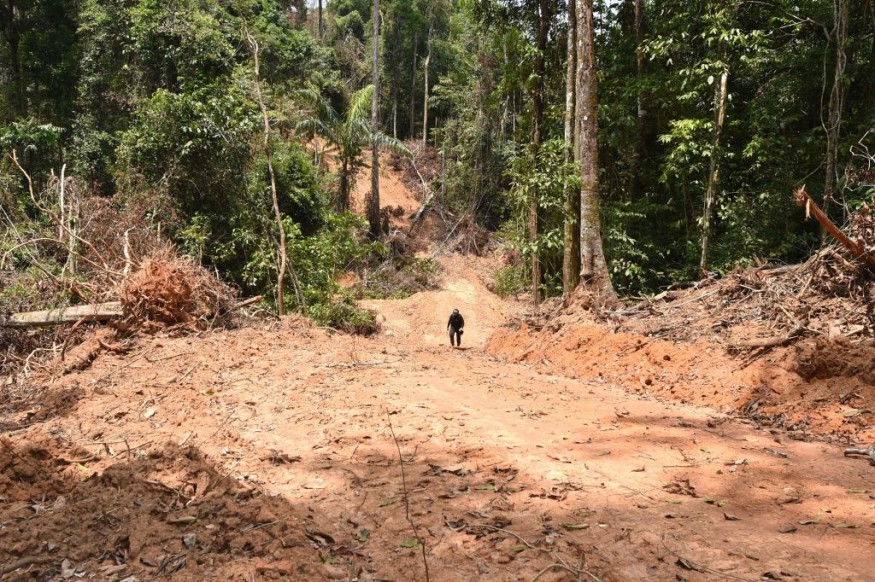Forests in some regions of the world have been subjected to the threat of tree population decline posed by a combination of artificial and natural factors.
Since trees within forest ecosystems are essential to biodiversity, natural habitat, and climate, ecological restoration efforts are underway.
However, a new study discovered regenerated trees or regrown forests in Brazil that were a product of restoration efforts have a shorter lifespan compared to their original counterparts, which grew naturally from forest soil.
The trees needed to be cut down again in a recurring cycle of tree regrowing.
The recent findings of the study highlight the challenges of "natural forest restoration" toward a "global ecosystem restoration" amid a declining tree population.
The authors of the study provided recommendations concerning the field of tree restoration and how member countries under the Paris Climate Agreement or Paris Treaty can achieve their carbon sequestration goals.
Brazilian Atlantic Forest

In the new study published in the journal Environmental Research Letters on March 4, researchers emphasized that the conventional method of tree restoration only leads to the second generation of trees or second-growth forest in tropical regions to only live for up to several years.
Researchers from Columbia University, Federal University of ABC, and the University of Sao Paulo used the Brazilian Atlantic Forest as its site; where it showed that 33% of the population of regenerated trees are cut down again after regrowing for four to eight years, according to Science Daily.
The Brazilian Atlantic Forest once consisted of 150 million hectares of trees along Brazil's Atlantic coast.
However, there are only around 32 million hectares of forest lands that remain in contemporary times, as per Science Daily.
Economic Challenges
The research team considered natural forest regeneration as a cost-effect method for regrowing or regenerating trees amid a population tree decline in some of the world's regions, including the Brazilian Atlantic Forest.
Still, not all countries are able to prioritize it due to economic challenges.
According to a report by the United Nations - Department of Economic and Social Affairs (UN DESA), the global economic repercussions of the COVID-19 pandemic have affected the restoration and protection efforts of forests worldwide.
Despite the pandemic, the UN DESA calls for the stoppage of deforestation and promotes the continuance of forest restoration.
Under such circumstances, the study in Brazil still advocates the method can still result in ecological restoration and carbon sequestration, enabling member countries to achieve their commitments to the goals of the UN-led Paris Accord.
However, the researchers reportedly provided significant modifications for the method to be achieved on the following:
- Regrown forests can survive more when close to rivers, steeper slopes, and existing forests.
- Regenerated forests have a low chance of survival in rural areas and dynamic agricultural activities.
- Forests are likely to thrive and grow near permanent or established agricultural areas.
The Paris Climate Accord
The recommended strategies are considered to be a key solution for the Paris Treaty member states to achieve their carbon emission reduction objectives; which can ultimately reduce global warming caused by the accelerated greenhouse gas effect in the atmosphere.
In the coming years, it is up to the environmental policies of Brazil and other respective countries if they will implement these new strategies in the field of natural forest restoration.
Related Article: Biodiversity in the Amazon is Threatened by Deforestation
© 2026 NatureWorldNews.com All rights reserved. Do not reproduce without permission.





